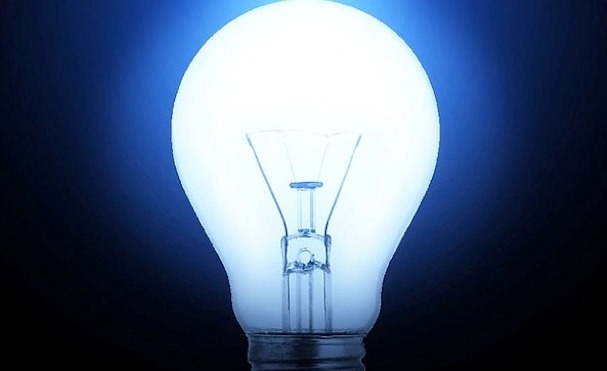
 |
| < Electricity > |
| I wonder what kind of expert would be able to consider competently all aspects related to setting up and operating a far travelling and self-sufficient space station. You will probably need a couple of specialists, but you will hardly find a single person bringing together all aspects into an elegant synthesis. Maybe the best candidates are people that have already spent some time in space; they have been sensitized to most of the problems associated with such a feat by their own body - still the most effective apprenticeship. |
| I have never been in space, and I do not long to be there. Especially after thinking over all the possible problems associated with a long-term space flight, I appreciate more and more the cosy environment here on our good old Earth. But on the other hand I see a chance to increase the likelihood of our survival over the next thousand years if we do not depend completely on the continued functioning of the Earthern ecologic system. We can never know when the next major impact will result in mass extinctions on our planet. Another Noah's Ark in space might be helpful to continue our existence. |
| Therefore I conceptualized, relying on my own modest knowledge and on what easily can be grasped from the literature, a space station that appears realistic to me, in terms of the necessary resources and long-term maintenance. As a biochemist and brain researcher, I was able to deal in a pseudo-expert way with biological and anthropological issues, and I took the occasion to refresh some highschool physics. But probably you noticed that up to now I didn't mention solar panels at all, although these are the most dominant equipment of space stations as we know them. |
| In part this is due to the predominantly biological character of "my" station, taking the concept of a closed system to the extreme. Sunlight, the only available source of energy, is in first place taken up by photosynthetic organisms and not by solar panels. Of course it would be tempting to recruit such organisms also for the provision of electric power, but as far as I can find out no organisms are able to convert light into voltage that we could use directly. We will need some electricity also on our bio-station, e.g. to circulate air through our complex maze of spheres, balloons and connectors, and to run computers. |
| Instead of hindering sunlight by any solar panels to reach as much photosynthetic organisms as possible, we may endow another still neglected surface with creative properties. What about this enigmatic "carbon fibre" material making up our habitat spheres and their connecting tunnels? A huge amount of it will continuously be exposed to sunlight! We should take advantage from that. I imagine high energy radiation hitting our "carbon fibre" material. The consequences of this bombardment will depend on the detailed properties of this material. |
| It should be possible to endow our "carbon fibre" material with semi-conducting properties, without bothering their physical robustness. I imagine 2 layers separated by an insulating layer in between. The 2 conducting layers are doped differently, with the result that e.g. high energy radiation will produce positive charge in the outer and negative charge in the inner layer (it would not matter if it were the other way around). The separate components constituting the 3-m habitats and the tunnels are also insulated from each other and could each of them become a source of direct voltage, depending on the radiation input. |
| The rest is electronics. Each building block would be equipped with plug-ins to "harvest" the built-up voltage (see the figure). By appropriate electronic devices these multiple sources could be integrated into a station-wide supply with electricity. I'm aware that we are talking here about fictitious materials and fictitious devices in a purely speculative manner, but if we want to live in space for longer than a few months, we surely will need new inventions and ideas. Another such idea was recently presented as "microbial battery" at Stanford University, extracting electrical current from wastewater by electrodes colonized by appropriate microorganisms (Xie et al 2013). |
| MB 8/13 |
| Xie X, Ye M, Hsu P-C, Liu N, Criddle CS, Cui Y (2013) Microbial battery for efficient energy recovery. PNAS Early Edition |
| next: Water back to: Shielding overview |